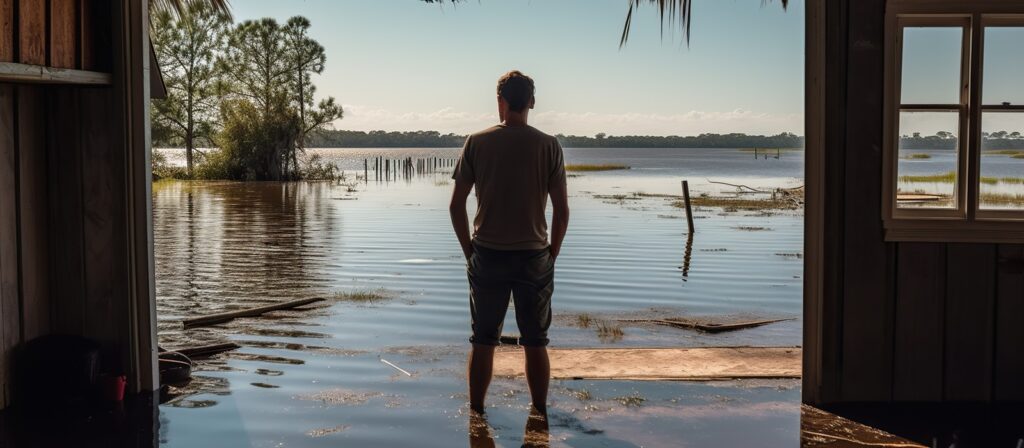Climate change presents an unprecedented challenge for business, insurers and governments, making the task of adapting and building resilience appear insurmountable. But the tools already exist — what’s needed is to integrate them into a joined-up strategy.
The terms climate resilience and climate adaptation are often used interchangeably. But while these two concepts are closely related, they’re distinct. Building resilience and adapting to climate change are two sides of the same coin. It’s critical to understand their separate roles and the way in which the two concepts support each other.
Climate resilience refers to the capacity for a community, a business or an economy to bounce back from the impact of a climate-related event. It includes insurance solutions that transfer risk and help finance rebuilding.
Adaptation, meanwhile, is about the investment, both public and private, needed to reduce the risk of climate-related costs arising, as well as to create the new conditions for sustainable growth in an altered environment.
The two concepts, though different, are inextricably intertwined. Without financial resilience, including through insurance, investment risk increases, and the costs and availability of private capital required to meet the scale of investments at stake will…
Member only content
Access the full member-only content
This is an abridged version. To access the full article/recording, please complete the form above to request the link to the full version being sent directly to you, or visit the member-only link for the ICMIF Knowledge Hub (for more details of how ICMIF members can access this please click here or contact ICMIF).


